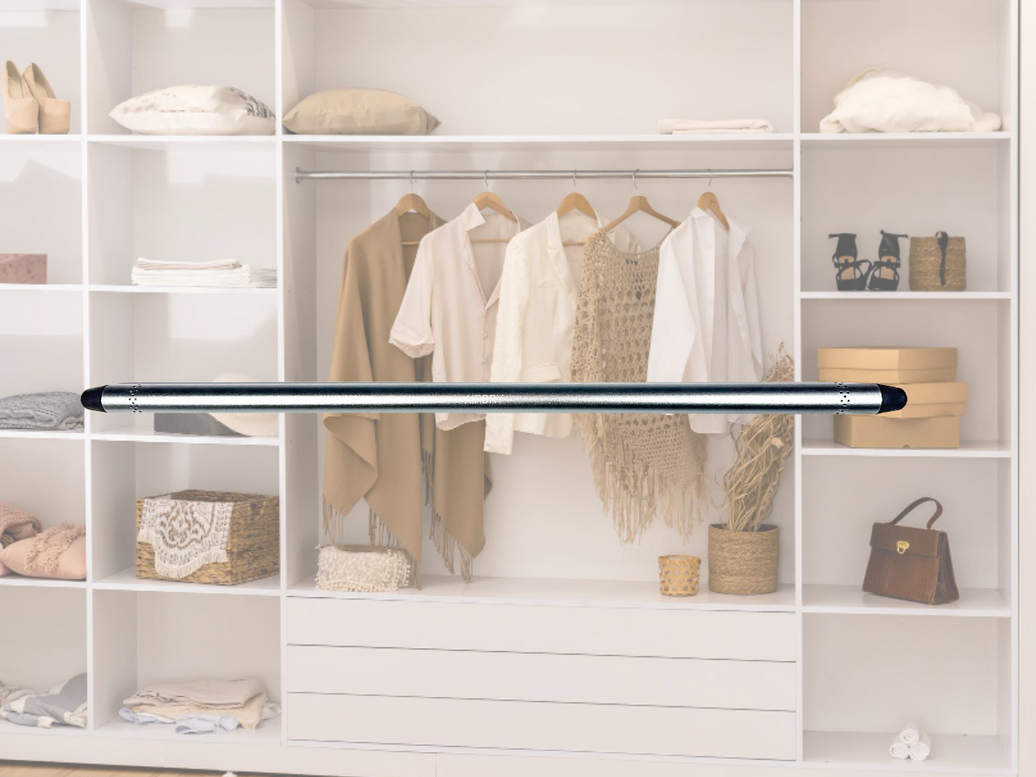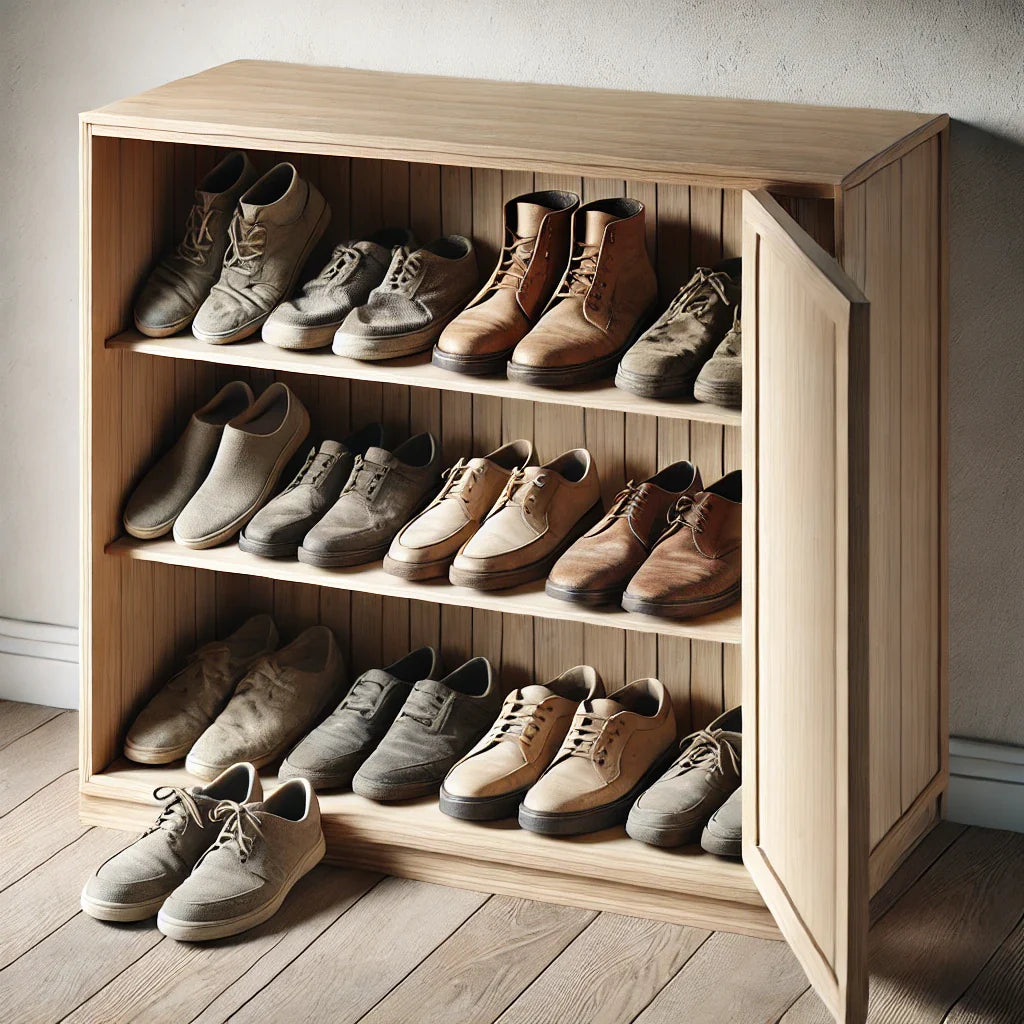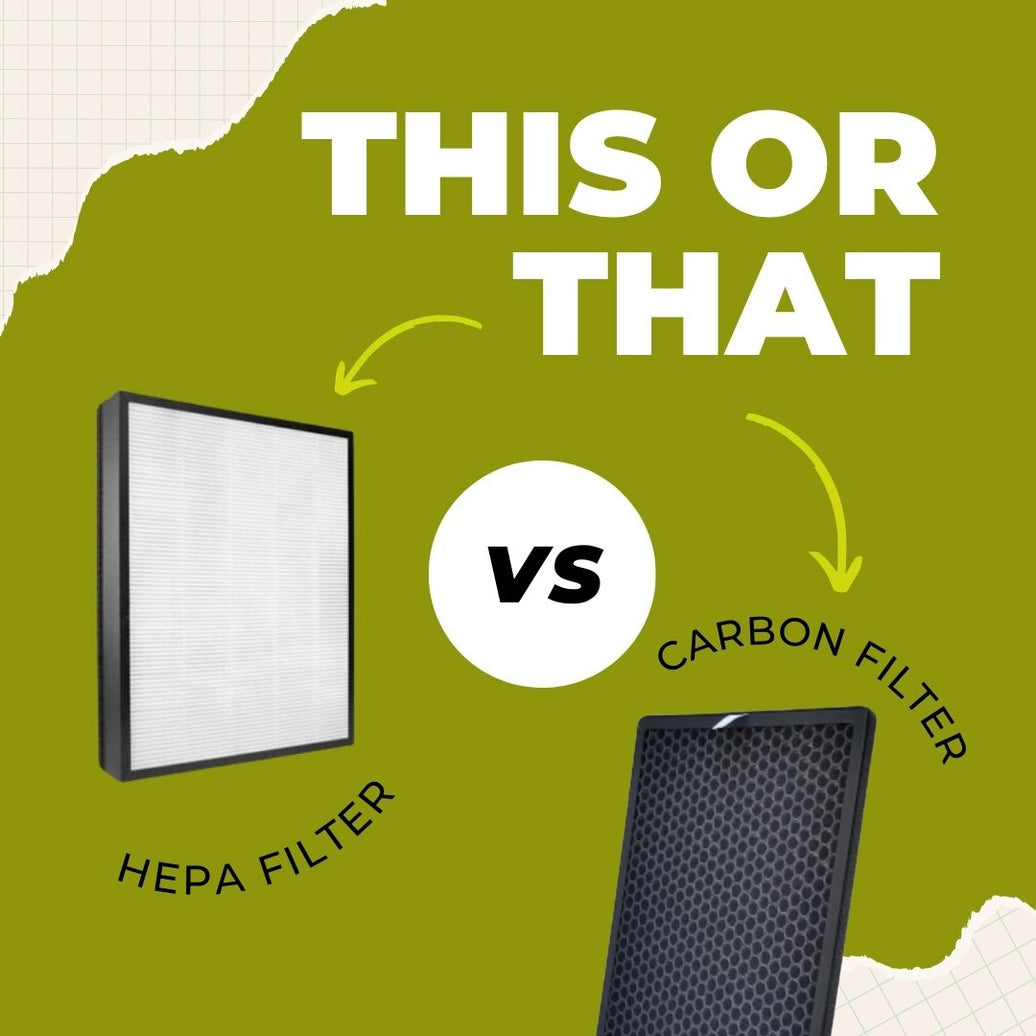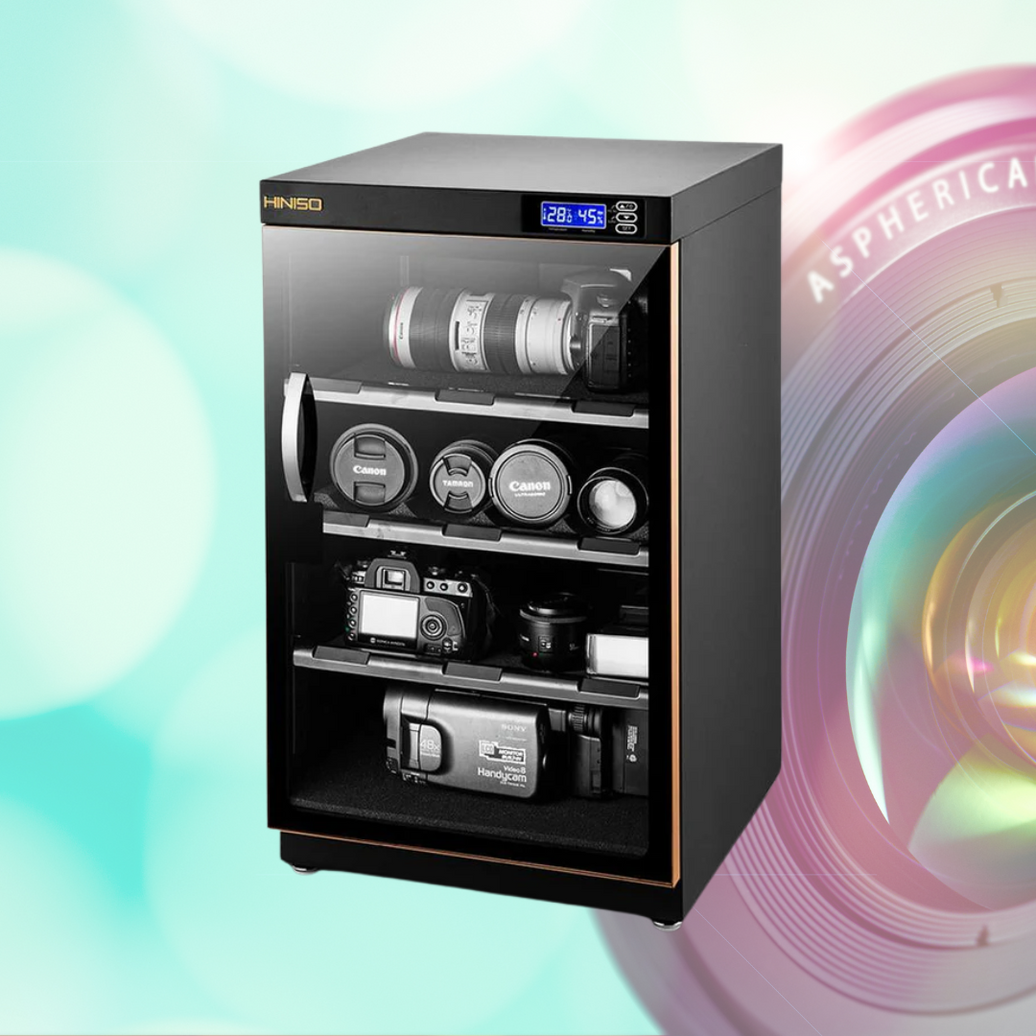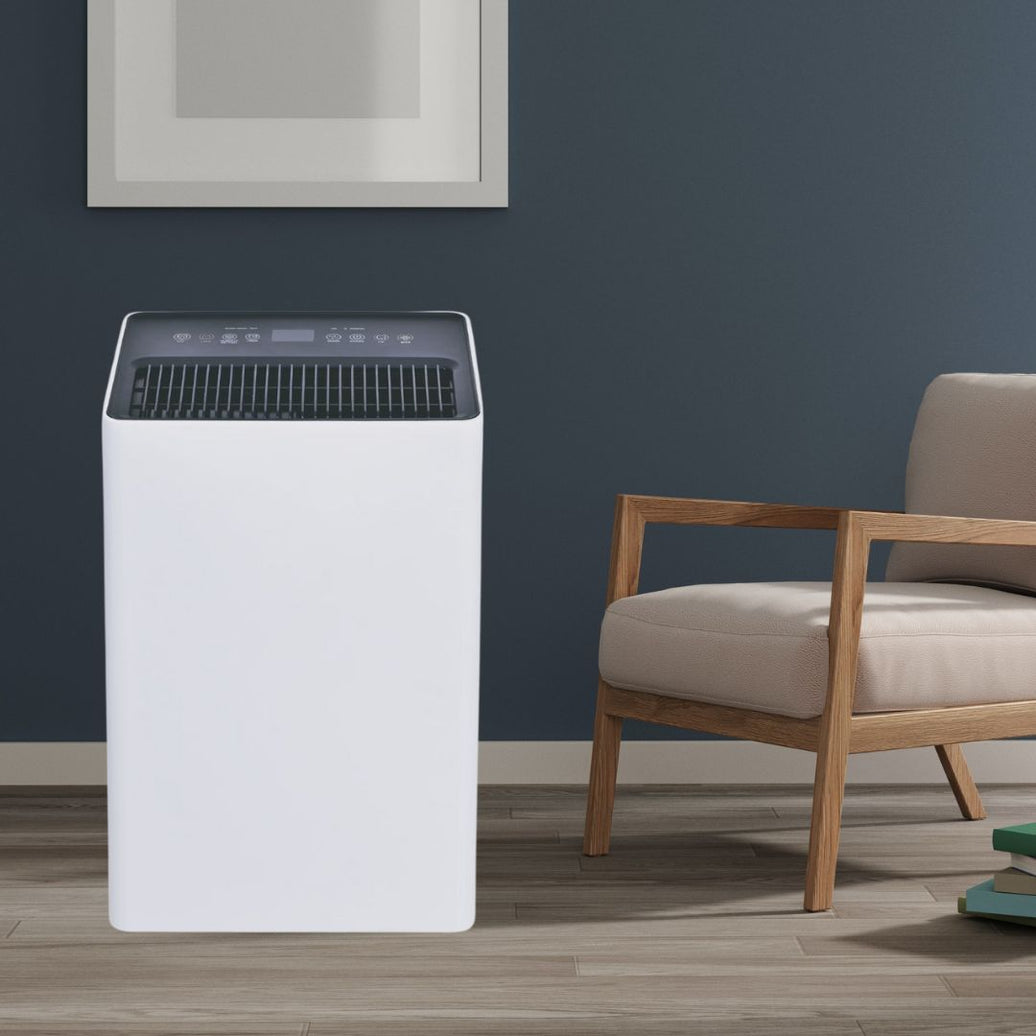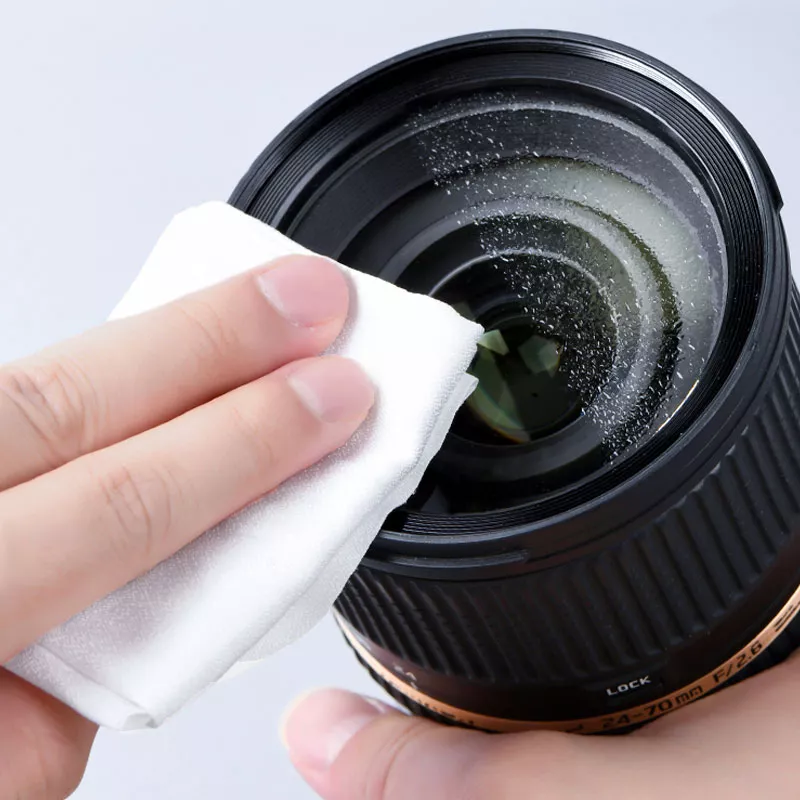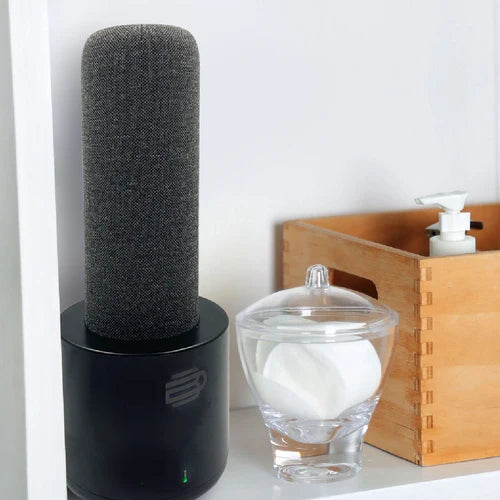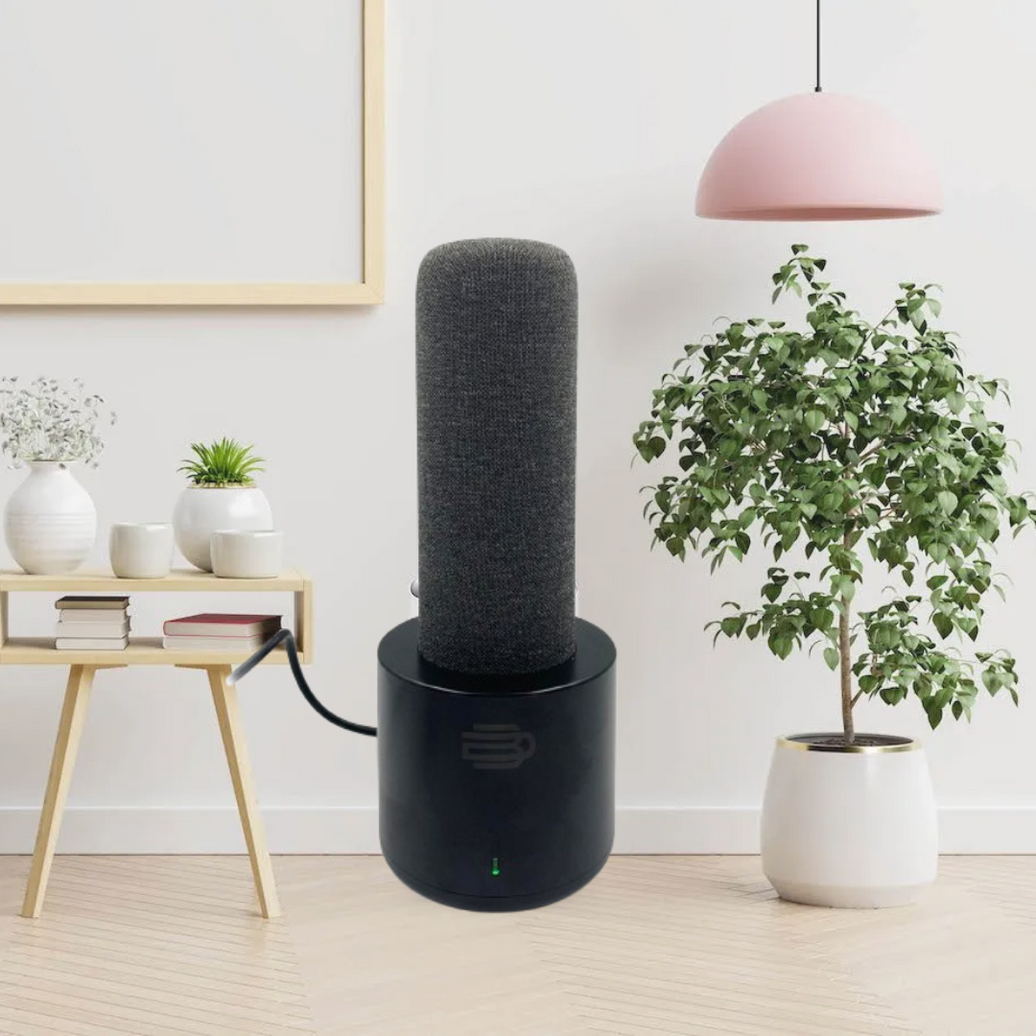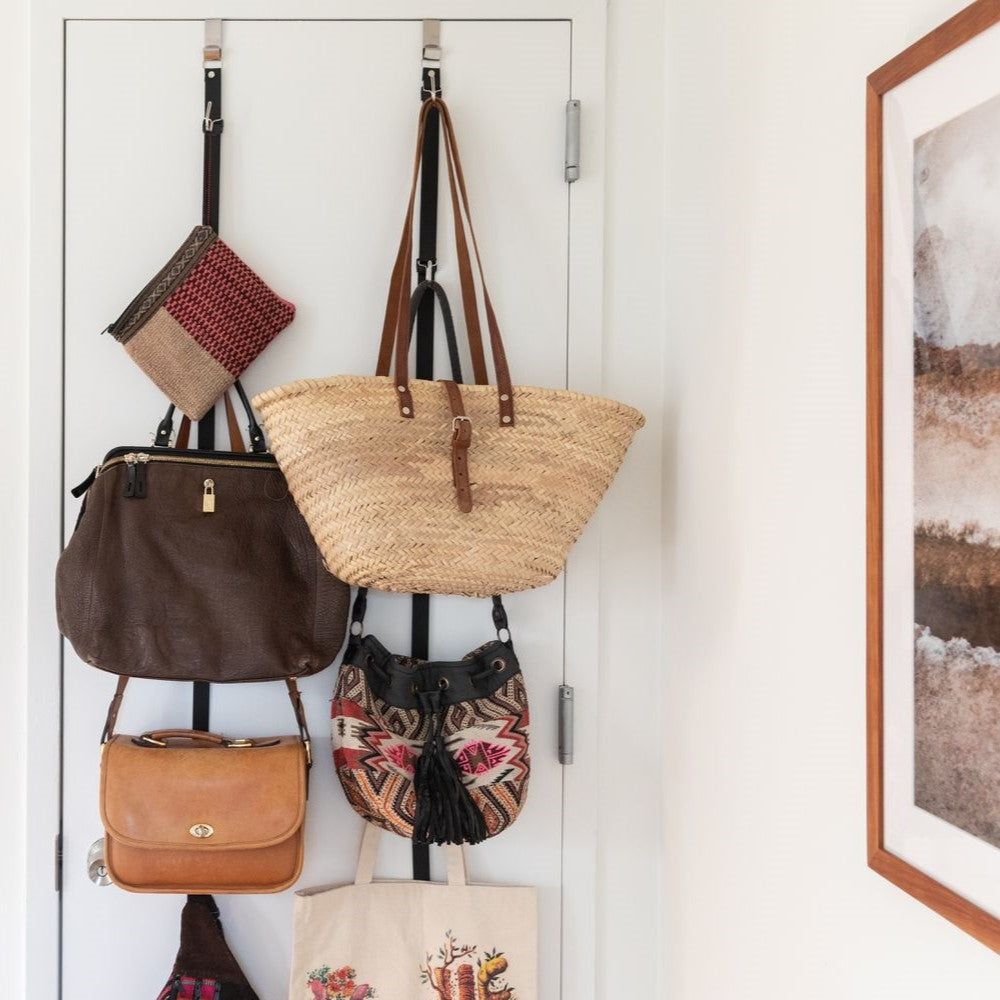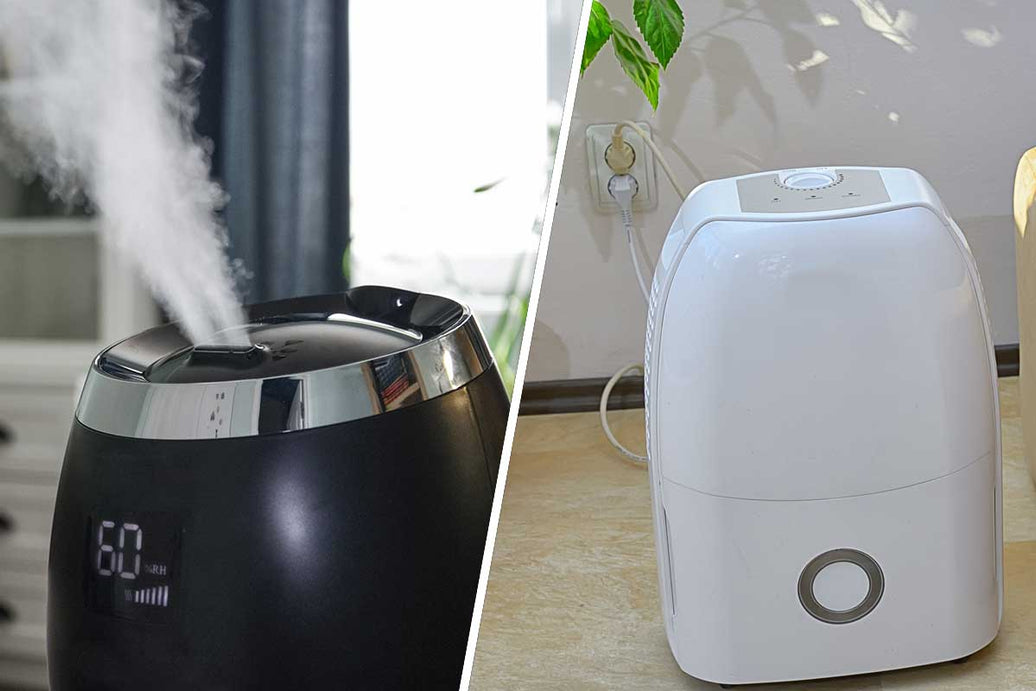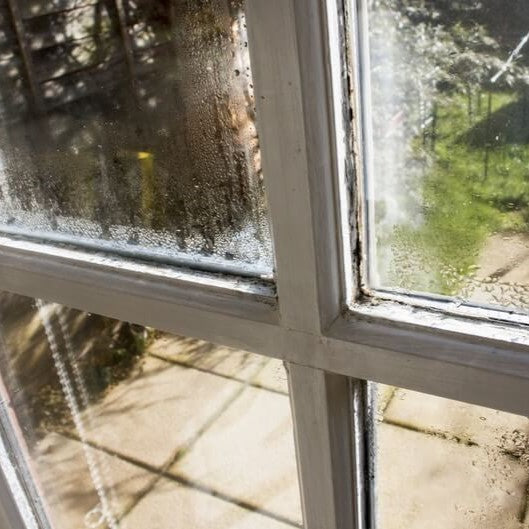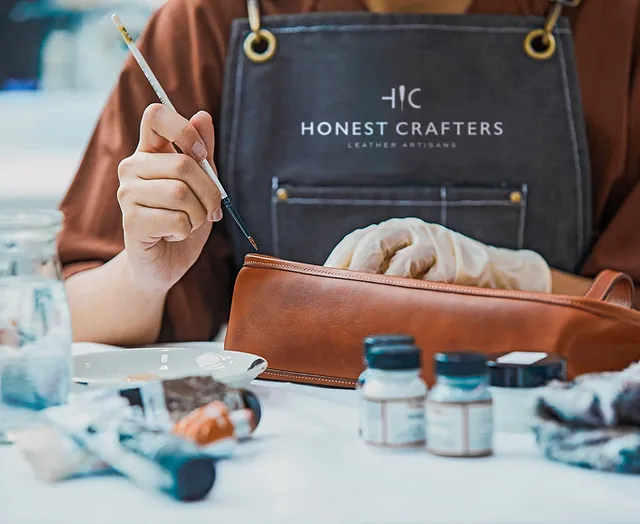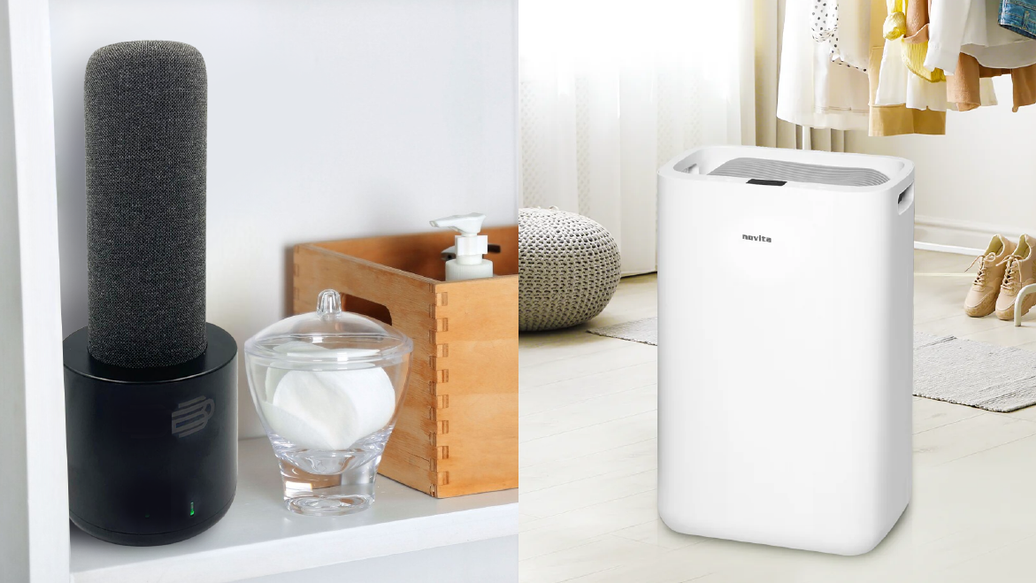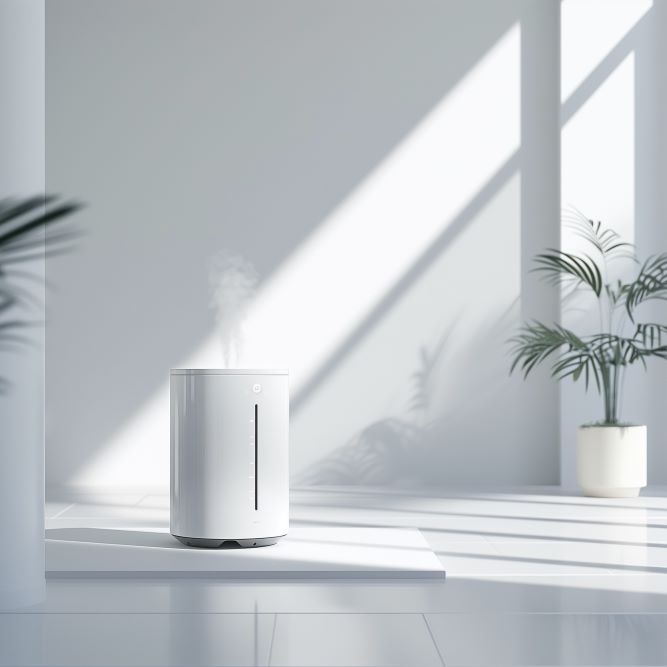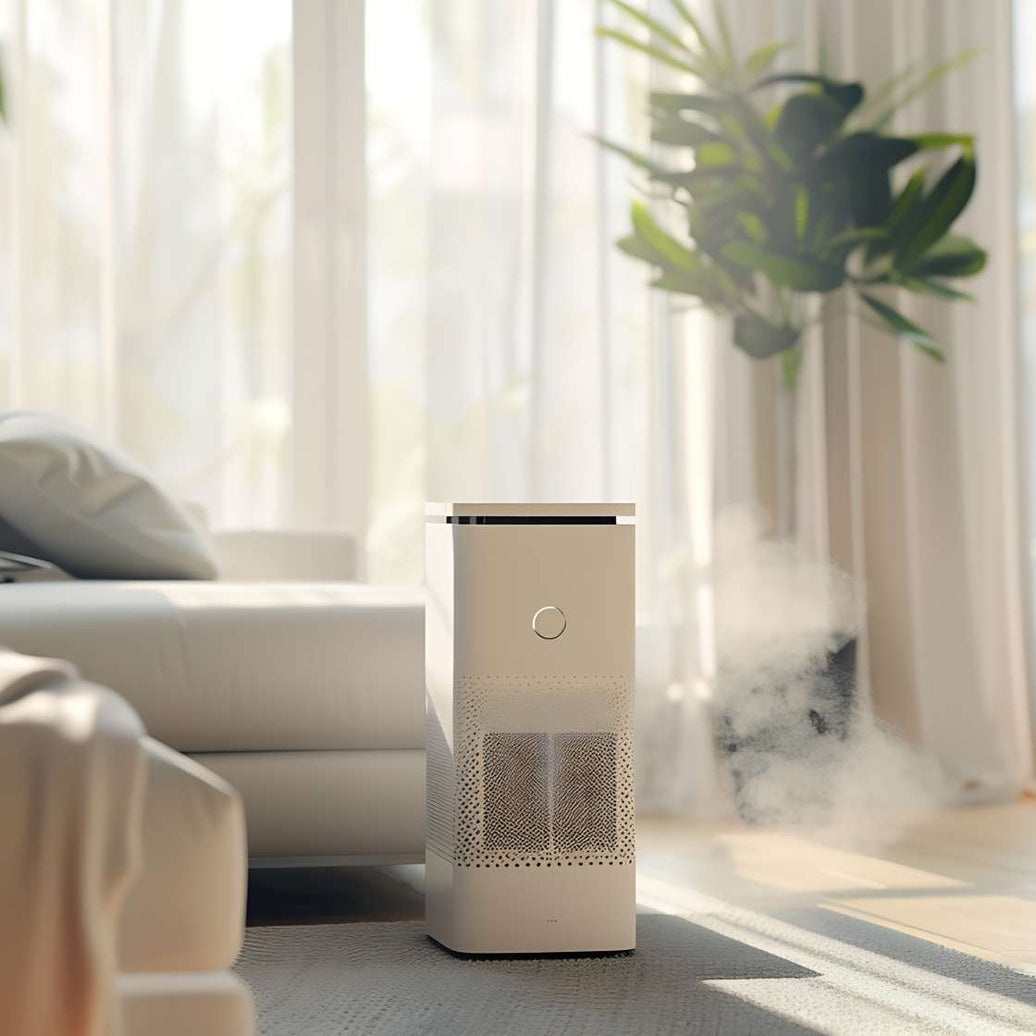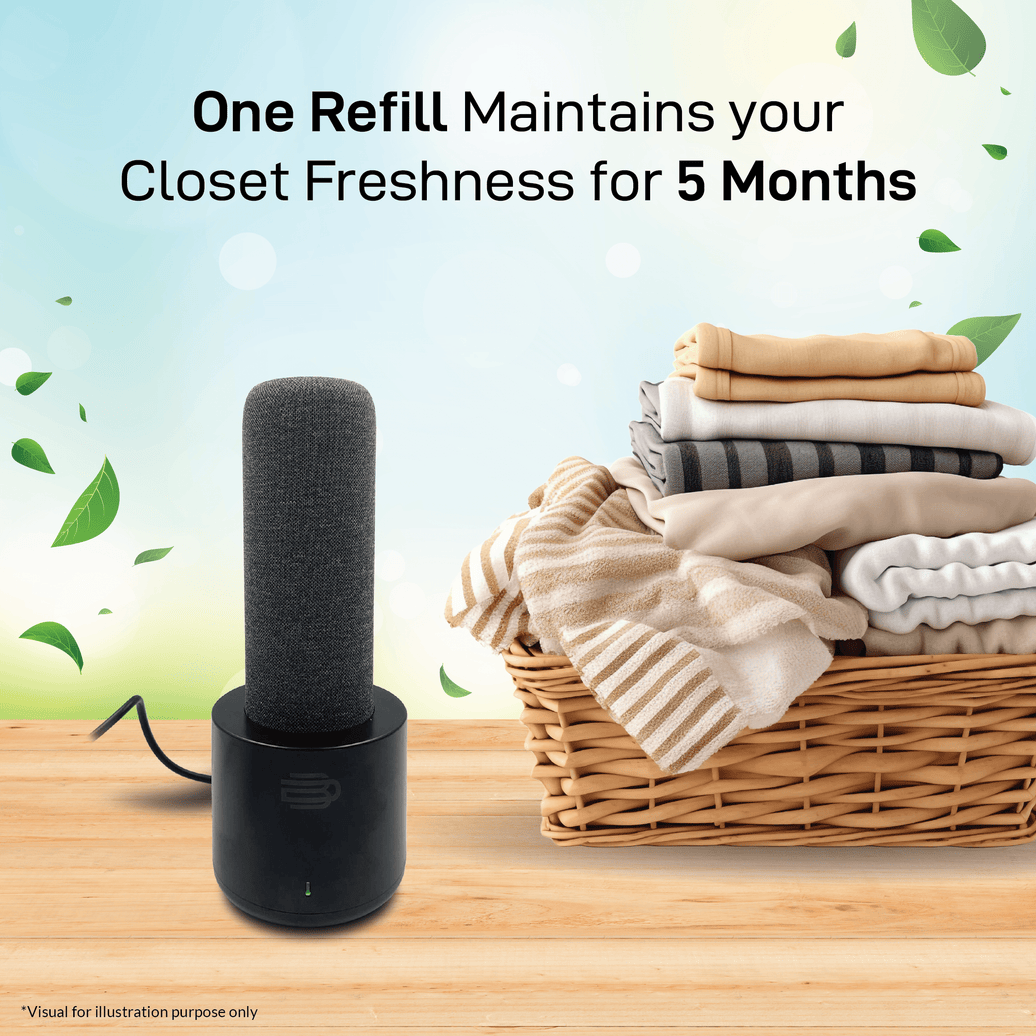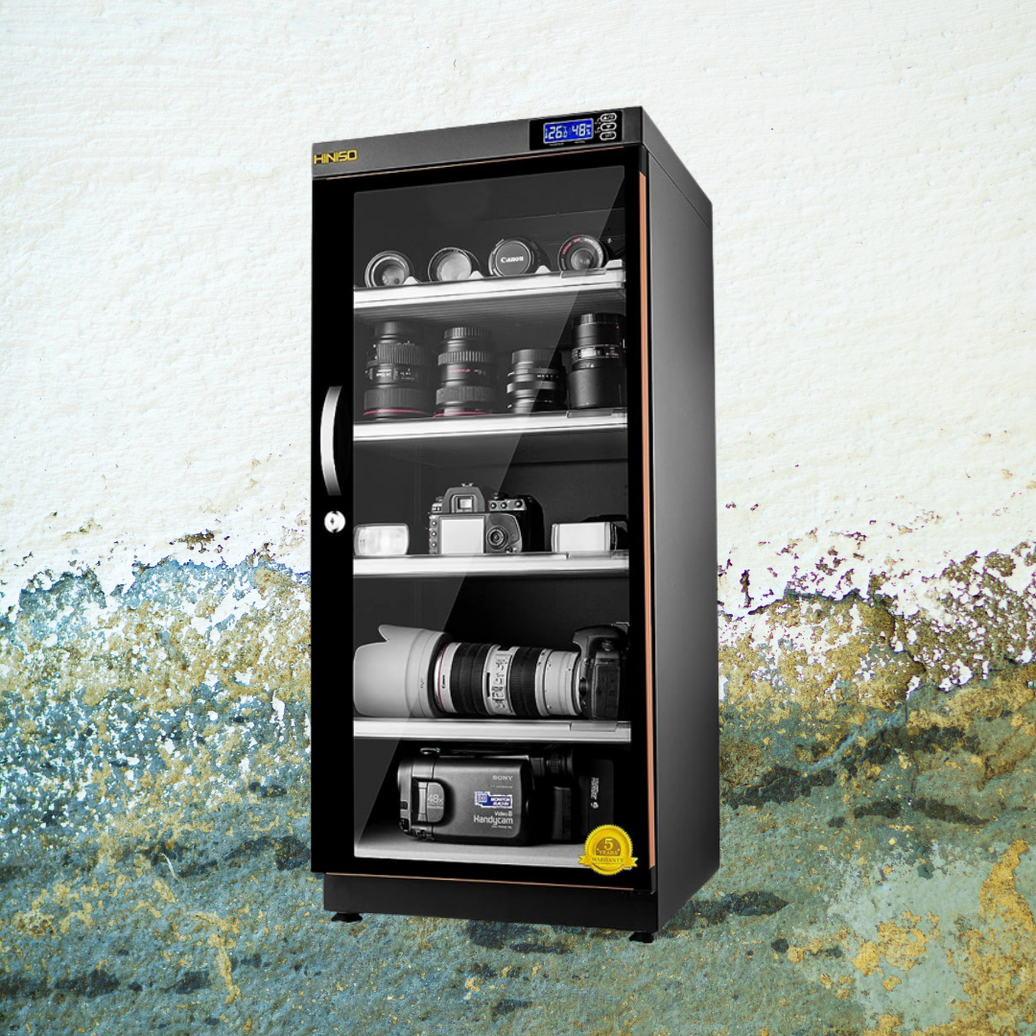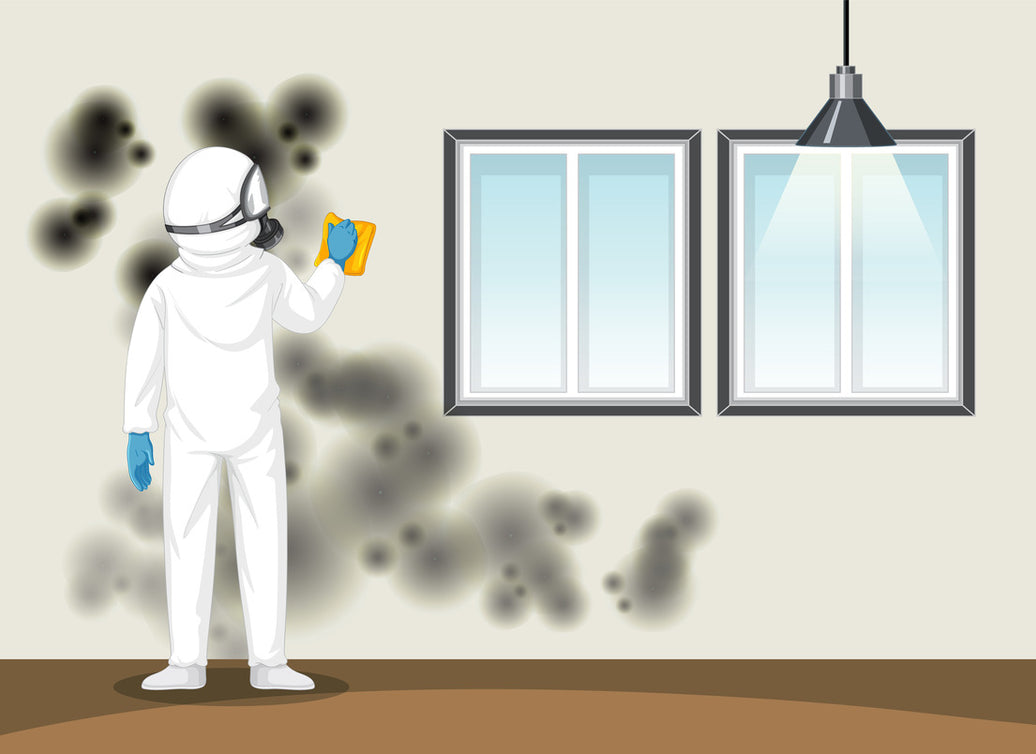Mold is more than just an unsightly nuisance—it can be a serious health hazard, particularly when it comes to toxic mold varieties. These molds produce mycotoxins, which can lead to a range of health issues, from allergic reactions to more severe respiratory problems. Understanding the dangers of toxic mold and taking proactive measures to prevent its growth in your home is essential for maintaining a healthy living environment.

What is Toxic Mold?
Toxic mold, often referred to as black mold (Stachybotrys chartarum), thrives in damp, humid conditions. It typically grows on materials with a high cellulose content, such as wood, paper, and fabric. The mold releases spores into the air, which can be inhaled and cause health problems. While not all molds are toxic, the presence of any mold in your home should be addressed promptly.
Health Risks Associated with Toxic Mold
Exposure to toxic mold can lead to a variety of health issues, particularly for individuals with pre-existing respiratory conditions, allergies, or weakened immune systems. Common symptoms include:
- Respiratory Issues: Coughing, wheezing, and shortness of breath can occur due to mold spores irritating the lungs.
- Allergic Reactions: Sneezing, runny nose, and skin rashes are common allergic responses to mold exposure.
- Asthma Attacks: Mold can trigger asthma attacks in individuals with the condition, leading to severe breathing difficulties.
- Chronic Fatigue: Prolonged exposure to mold may lead to fatigue, headaches, and difficulty concentrating.
Preventing Mold Growth in Your Home
The key to preventing toxic mold in your home is controlling moisture levels. Mold needs a damp environment to grow, so reducing humidity is crucial. Here are some effective strategies:
- Use a Dehumidifier: A dehumidifier can help maintain indoor humidity levels below 50%, which is optimal for preventing mold growth. It's especially useful in areas like basements, bathrooms, and kitchens where moisture tends to accumulate.
- Install a Dry Cabinet: For items like leather goods, electronics, and valuable documents, a dry cabinet offers a controlled environment that prevents mold from forming. These cabinets maintain low humidity levels, protecting your belongings from the damaging effects of mold.
- Fix Leaks Promptly: Repair any leaks in your home, whether from the roof, plumbing, or windows. Even small leaks can create the perfect environment for mold to thrive.
- Ensure Proper Ventilation: Use exhaust fans in bathrooms and kitchens to expel moisture-laden air. Proper ventilation is key to reducing humidity and preventing mold growth.
Conclusion
Toxic mold is a serious concern that should not be overlooked. By understanding the risks associated with mold exposure and taking proactive steps to reduce moisture in your home, you can protect your health and your property. Investing in a dehumidifier and a dry cabinet are practical measures that can help prevent mold from becoming a problem in the first place. Stay vigilant, and keep your living environment dry and mold-free.











